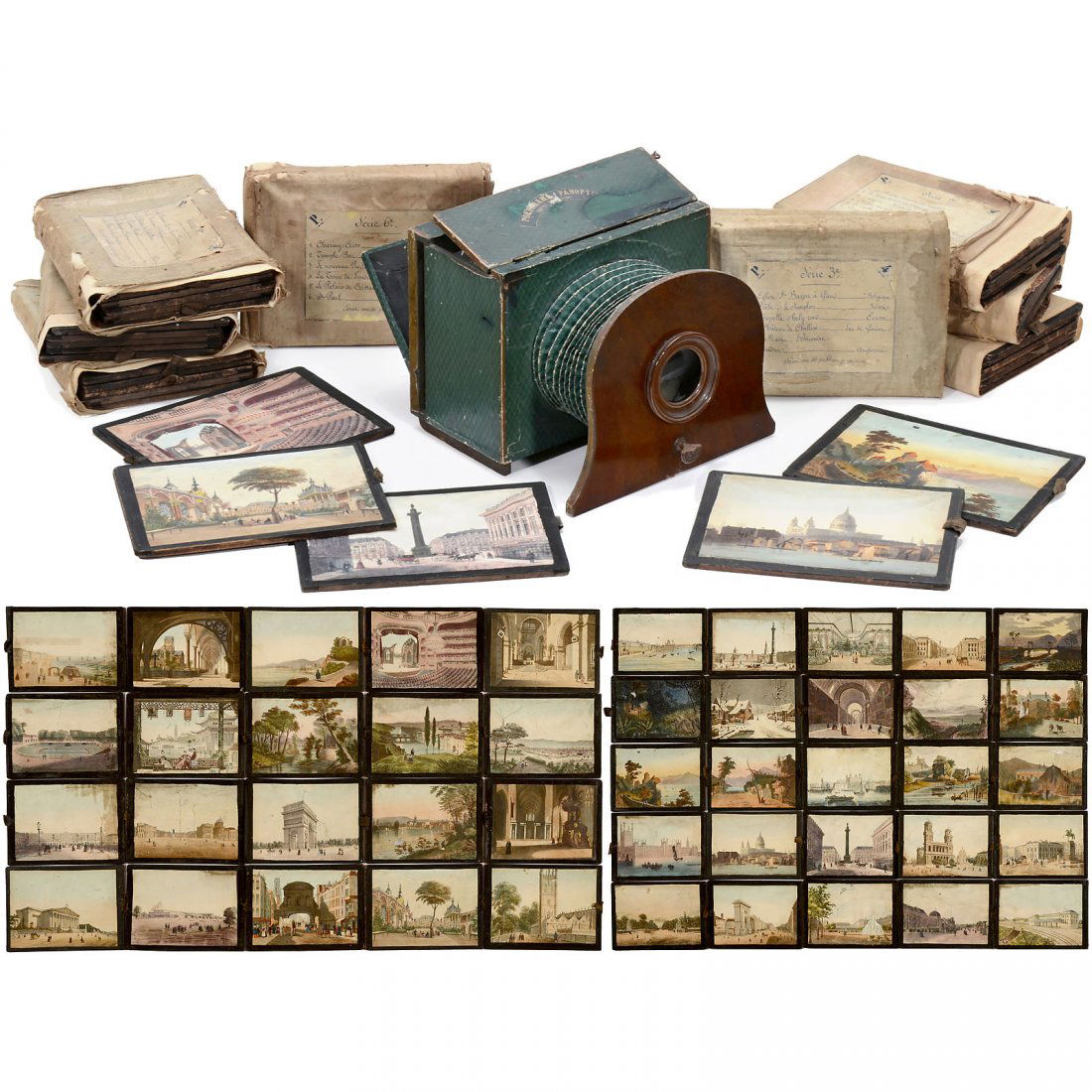Polyorama Panoptique 1822 - precursors of film and movie
The National Film and Sound Archive (NFSA) has recently obtained a Polyorama Panoptique from Paris, part of the series of "optical toys" developed between 1820 and 1850. These toys entertained and educated families with their play on light, shadows, and color, displaying cityscapes and landscapes in new ways. They were seen as forerunners to film, being sold as souvenirs to audiences who flocked to auditoriums to view life-sized dioramas.
These optical devices were prevalent during the Victorian era and were among the optical gadgets and curiosities that adorned parlors, including zoetropes, praxinoscopes, flipbooks, and phenakistoscopes. The Polyorama Panoptique, patented by Pierre Henri Armand Leford in 1849, is made up of a wooden frame with copper joints and paper bellows for changing the viewer's perspective.
The NFSA's Polyorama Panoptique was accompanied by five meticulously detailed colored lithographic paper slides showcasing scenes from London and Paris, such as Buckingham Palace, Napoleon's Tomb, the Louvre, the Parc de Saint-Cloud, and Place de la Concorde. When viewed through the device, the viewer could adjust the light source to simulate day or night and alter the appearance of the image.
The slides feature small holes or slashes with hidden color additions, creating the illusion of glowing lanterns or a night sky lit with stars. Other items in the NFSA's collection of optical toys include magic lanterns, an early form of projection. The video below delves into the magic of 19th-century optical toys.



Comments
Post a Comment